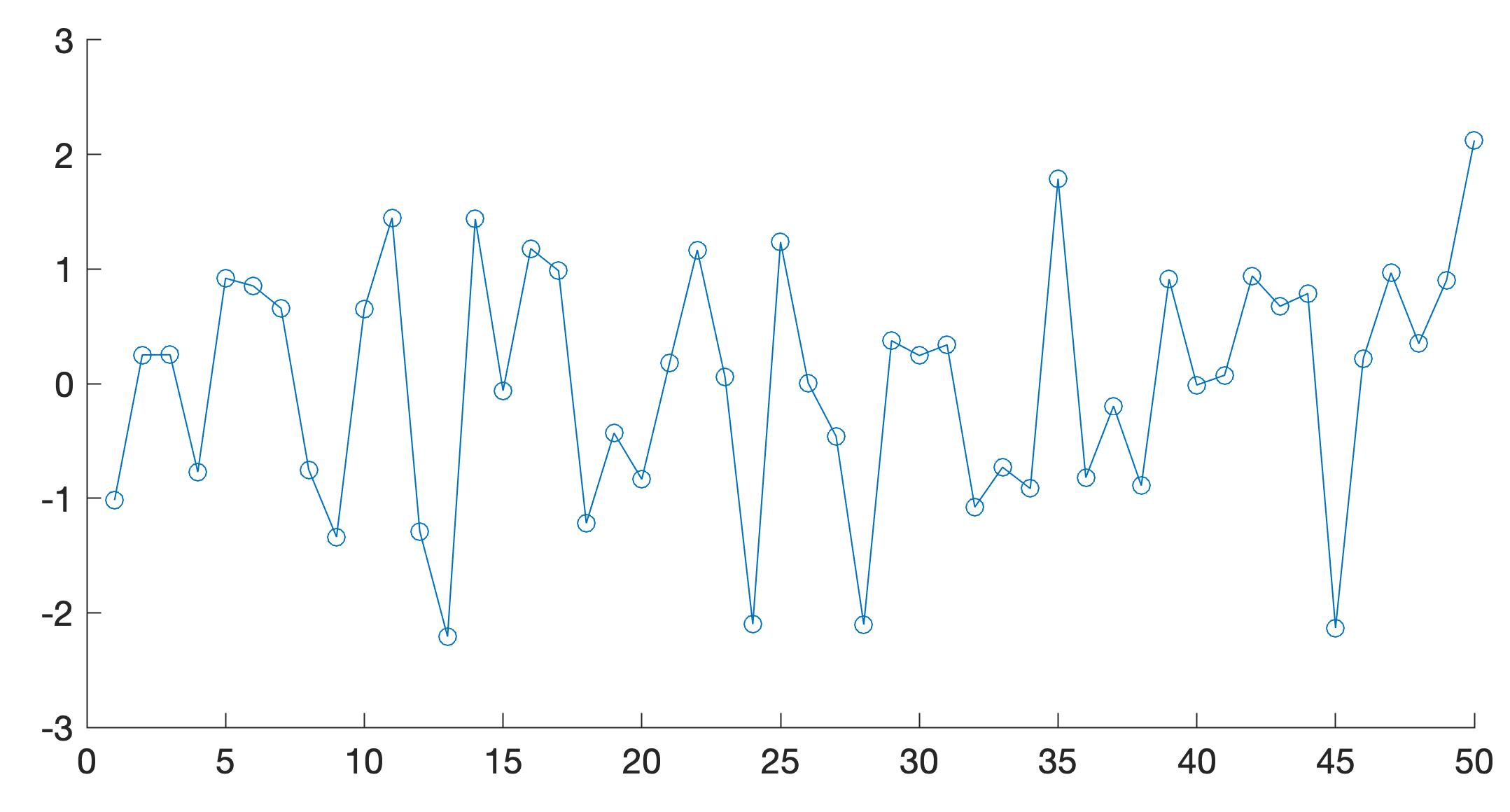 While updating my book and trying to be as consistent as possible throughout the text and the MATLAB examples I find it quite surprising that the behaviour of graphics function is not consistent in MATLAB.
While updating my book and trying to be as consistent as possible throughout the text and the MATLAB examples I find it quite surprising that the behaviour of graphics function is not consistent in MATLAB.
As an example, according to the docs
data_radians_1 = 4+randn(100,1);
pax = polaraxes('ThetaZeroLocation','top',...
'ThetaDir','clockwise')
polarhistogram(pax,data_radians_1)
should actually work but we have to add a “hold on” after polaraxes to keep the axes.
data_radians_1 = 4+randn(100,1);
pax = polaraxes('ThetaZeroLocation','top',...
'ThetaDir','clockwise'), hold on
polarhistogram(pax,data_radians_1)
The reason for that is that polarhistogram creates its own axes, therefore the above series of commands does not work – and the docs do not say that. It’s quite confusing for those getting started with MATLAB I think.
The reason for the inconsistent behaviour is that there are two types of graphics functions in MATLAB: the ones creating their own axes system and others that are actually not graphics functions but they are creating graphics primitives such as lines:
clear
data = randn(100,1);
ax = axes('XLim',[0 50]), hold on
plot(ax,1:length(data),data,...
'Marker','o')
figure
clear
data = randn(100,1);
ax = axes('XLim',[0 50])
line(ax,1:length(data),data,...
'Marker','o')
I more and more try to use the root, figure, axis, line system instead of using high level graphics functions. On the other hand, writing the code for a polar histogram is quite time consuming, if you consider that this is only one of many examples in the book and I actually hate polar coordinates!
